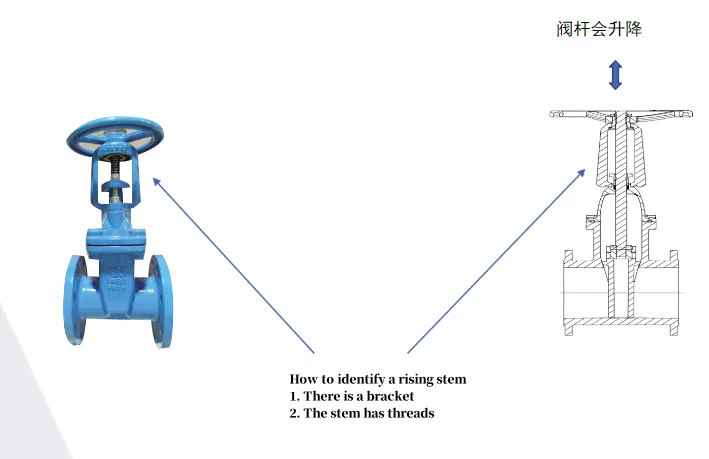Leading Manufacturer of High-Quality Pipe Elbow Fittings for Various Applications
Understanding Pipe Elbow Fittings A Comprehensive Overview
Pipe elbow fittings are essential components in various piping systems, serving a critical role in directing and controlling the flow of fluids. As a widely used type of fitting, they come in various shapes and materials, utilized across numerous industries including plumbing, HVAC, and manufacturing. This article delves into the intricacies of pipe elbow fittings, particularly focusing on manufacturers, types, materials, and their applications.
The Importance of Pipe Elbow Fittings
Elbows are primarily designed to connect two sections of pipe while allowing for a change in direction. Typically, they are available in 90-degree and 45-degree angles, with the former being the most common. By enabling smooth changes in flow direction, they help minimize pressure loss and turbulence, thereby enhancing the overall efficiency of the piping system.
The use of quality elbow fittings is crucial. Inferior fittings can lead to potential leaks, increased maintenance costs, and even catastrophic failures in severe cases. Therefore, choosing a reliable manufacturer is paramount to ensure the integrity and longevity of the piping system.
Types of Pipe Elbow Fittings
Manufacturers produce various types of pipe elbows, categorized based on their angle and function. The two primary types are
1. Long Radius Elbows These have a radius that is equal to one and a half times the diameter of the pipe. Long radius elbows are typically used in applications where a smoother flow and less pressure drop are desired, such as in water supply systems and chemical processing.
2. Short Radius Elbows With a radius that is equal to the diameter of the pipe, short radius elbows are compact and ideal for tight spaces. However, they create more turbulence and pressure drop, making them suitable for applications where these factors are less critical, such as in drainage systems.
Materials Used in Manufacturing Pipe Elbows
Pipe elbow fittings are produced from a variety of materials, each offering distinct advantages suited to different applications. The most common materials include
- Stainless Steel Renowned for its corrosion resistance, stainless steel elbows are ideal for industries where the piping system is exposed to harsh environments, such as marine, chemical, and food processing
.pipe elbow fittings manufacturer

- Carbon Steel Known for its strength and durability, carbon steel elbows are often used in high-pressure applications, making them a popular choice in oil and gas industries.
- PVC and CPVC These plastic fittings are lightweight, corrosion-resistant, and cost-effective, making them suitable for residential plumbing and irrigation systems. PVC elbows are commonly used in hot and cold water systems.
- Bronze and Brass These materials are often used in smaller diameter pipes, particularly in plumbing applications. Their resistance to corrosion combined with good mechanical properties makes them a reliable choice.
Choosing the Right Manufacturer
With the vast array of pipe elbow manufacturers in the market, selecting the right one can be challenging. Key factors to consider include
- Quality Standards Ensure the manufacturer adheres to industry quality standards such as ASTM, ASME, or ISO certifications.
- Customization Often, specific projects require customized fittings. A manufacturer that offers bespoke solutions can cater to the unique needs of your piping system.
- Delivery and Logistics Efficient delivery and logistical support can significantly reduce downtime in projects. Investigate the manufacturer's track record in this regard.
- Customer Support A manufacturer that provides strong customer support can greatly assist in troubleshooting and after-sales services, an often-overlooked aspect of the purchasing process.
Conclusion
In summary, pipe elbow fittings are fundamental components that play a vital role in the efficiency and safety of piping systems across various industries. Choosing the right type and material, paired with a reputable manufacturer, is essential for ensuring a reliable and effective piping solution. As industries continue to innovate and expand, the demand for high-quality pipe elbow fittings will undoubtedly grow, making it an exciting field for manufacturers and consumers alike. With the proper knowledge and resources, stakeholders can make informed decisions that will enhance productivity and reduce operational costs in the long run.
-
The Key to Fluid Control: Exploring the Advantages of Ball Valves in Industrial SystemsNewsJul.09,2025
-
The Versatile World of 1, 2, and 3 Piece Ball ValvesNewsJul.09,2025
-
Stainless Steel Ball Valves: The Ideal Choice for Efficient Flow ControlNewsJul.09,2025
-
Optimizing Fluid Control with Ball Float ValvesNewsJul.09,2025
-
Manual Gate Valves: Essential for Control and EfficiencyNewsJul.09,2025
-
Everything You Need to Know About Butterfly ValvesNewsJul.09,2025
-
The Versatility of Wafer Type Butterfly ValvesNewsJul.08,2025




